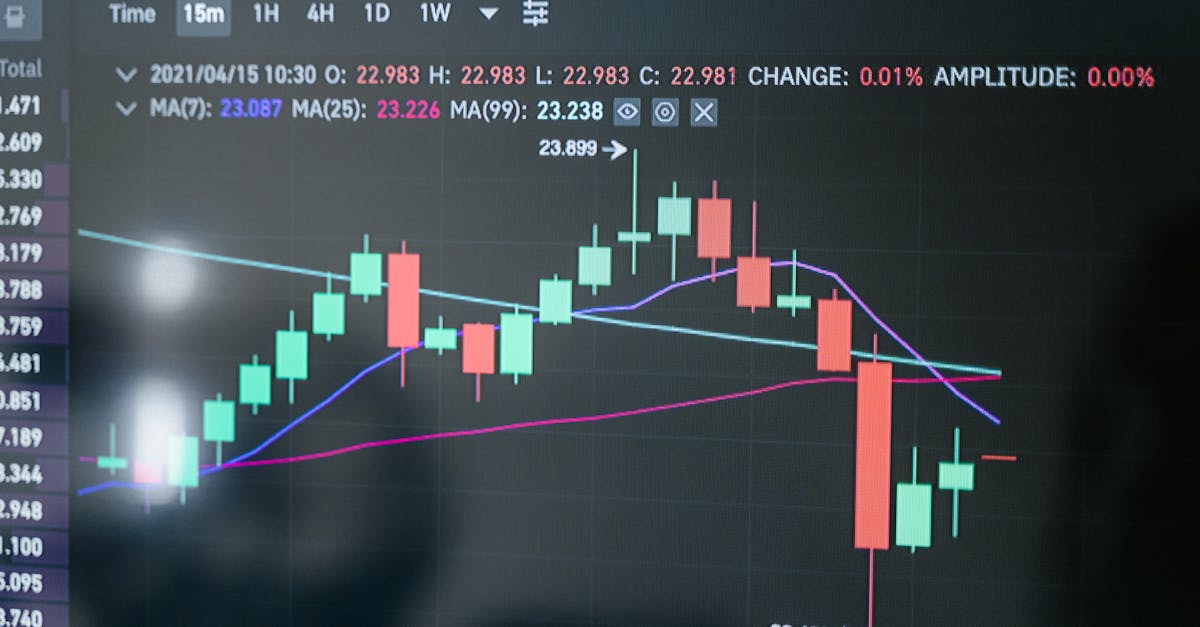The stock market crash of 1929 is one of the most significant events in financial history, marking the beginning of the Great Depression. Understanding why this catastrophic event occurred can provide invaluable lessons for investors today. Below is a detailed exploration of the key factors that contributed to the crash.
| Factors | Description |
|---|---|
| Speculation | Excessive investment in stocks without regard for fundamentals. |
| Overleveraging | Investors borrowing heavily to buy stocks, inflating prices. |
| Market Manipulation | Exploitation of stock prices through unethical practices. |
| Economic Disparities | Wealth gap leading to unsustainable consumer spending. |
| Global Economic Conditions | International economic instability affecting US markets. |
| Weak Banking System | Inadequate banking regulations and failures. |
| Panic Selling | Mass sell-offs triggered by fear and uncertainty. |
Speculation
In the late 1920s, the stock market was characterized by rampant speculation, with many investors buying stocks based solely on the hope that prices would continue to rise. This speculative behavior led to inflated stock prices that did not reflect the actual value of the companies. Investors believed they could make quick profits without understanding the underlying economic fundamentals, creating a bubble that was destined to burst.

Overleveraging
Many investors engaged in overleveraging, borrowing money to purchase more stocks than they could afford. This practice amplified the potential for gains but also increased the risk of catastrophic losses. As stock prices began to decline, investors were forced to sell their shares to cover their debts, leading to a further drop in stock prices and creating a vicious cycle that contributed to the market crash.

Market Manipulation
Market manipulation was another significant factor in the 1929 crash. Some investors and brokerage firms engaged in unethical practices to artificially inflate stock prices. These manipulations misled the public and contributed to the unsustainable rise in stock values. When the truth about these practices came to light, investor confidence plummeted, leading to widespread sell-offs.

Economic Disparities
The 1920s saw significant economic disparities, with wealth concentrated among a small percentage of the population. This concentration of wealth meant that a large portion of consumer spending was fueled by credit rather than actual income. When the economic reality set in, and the wealthy could no longer sustain their spending habits, the economy began to contract, leading to decreased demand for goods and services and ultimately contributing to the stock market crash.

Global Economic Conditions
International economic instability also played a role in the 1929 stock market crash. Economic turmoil in Europe and other parts of the world created uncertainty that affected U.S. markets. Trade barriers, such as the Smoot-Hawley Tariff Act of 1930, further exacerbated the situation by stifling international trade. As global markets faltered, investor confidence in the U.S. economy began to wane, leading to a sell-off in stocks.

Weak Banking System
The banking system of the United States during the 1920s was weak and inadequately regulated. Many banks were heavily invested in the stock market and were not prepared to handle the downturn that occurred after the crash. Bank failures ensued, leading to a loss of savings for countless Americans and further eroding public confidence in financial institutions. This created a ripple effect that deepened the economic crisis.

Panic Selling
As stock prices began to fall, panic selling ensued. Investors, fearing further losses, rushed to sell their shares, which led to a dramatic decline in stock prices. The fear of losing everything drove more and more investors to sell, creating a downward spiral that culminated in the crash. This panic was exacerbated by the media coverage of the events, which further fueled the fear and uncertainty in the market.

FAQs
What were the immediate effects of the 1929 stock market crash?
The immediate effects included a significant loss of wealth for investors, a loss of confidence in financial institutions, and the beginning of widespread economic hardship that led to the Great Depression. Many businesses closed, and unemployment rates soared as consumer spending plummeted.
How did the government respond to the crash?
The government implemented various measures to stabilize the economy, including the establishment of the Securities and Exchange Commission (SEC) in 1934 to regulate the stock market and prevent future crashes. The Federal Reserve also took steps to reform banking practices and improve financial oversight.
Can we learn from the 1929 stock market crash?
Yes, the 1929 crash serves as a critical lesson in the importance of investing based on sound fundamentals rather than speculation. It highlights the dangers of overleveraging and the need for regulatory oversight in financial markets to protect against manipulation and maintain investor confidence.
What is the legacy of the 1929 crash?
The legacy of the 1929 stock market crash is profound, leading to significant changes in financial regulations and a greater understanding of the interconnectedness of global economies. It also serves as a reminder of the potential consequences of unchecked speculation and economic inequality.
References:
– [U.S. Securities and Exchange Commission – The 1929 Stock Market Crash](https://www.sec.gov)
– [Federal Reserve History – The Great Depression](https://www.federalreservehistory.org)
– [National Archives – The Stock Market Crash of 1929](https://www.archives.gov)
